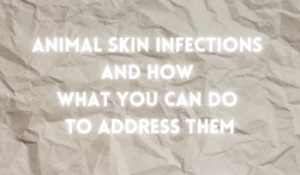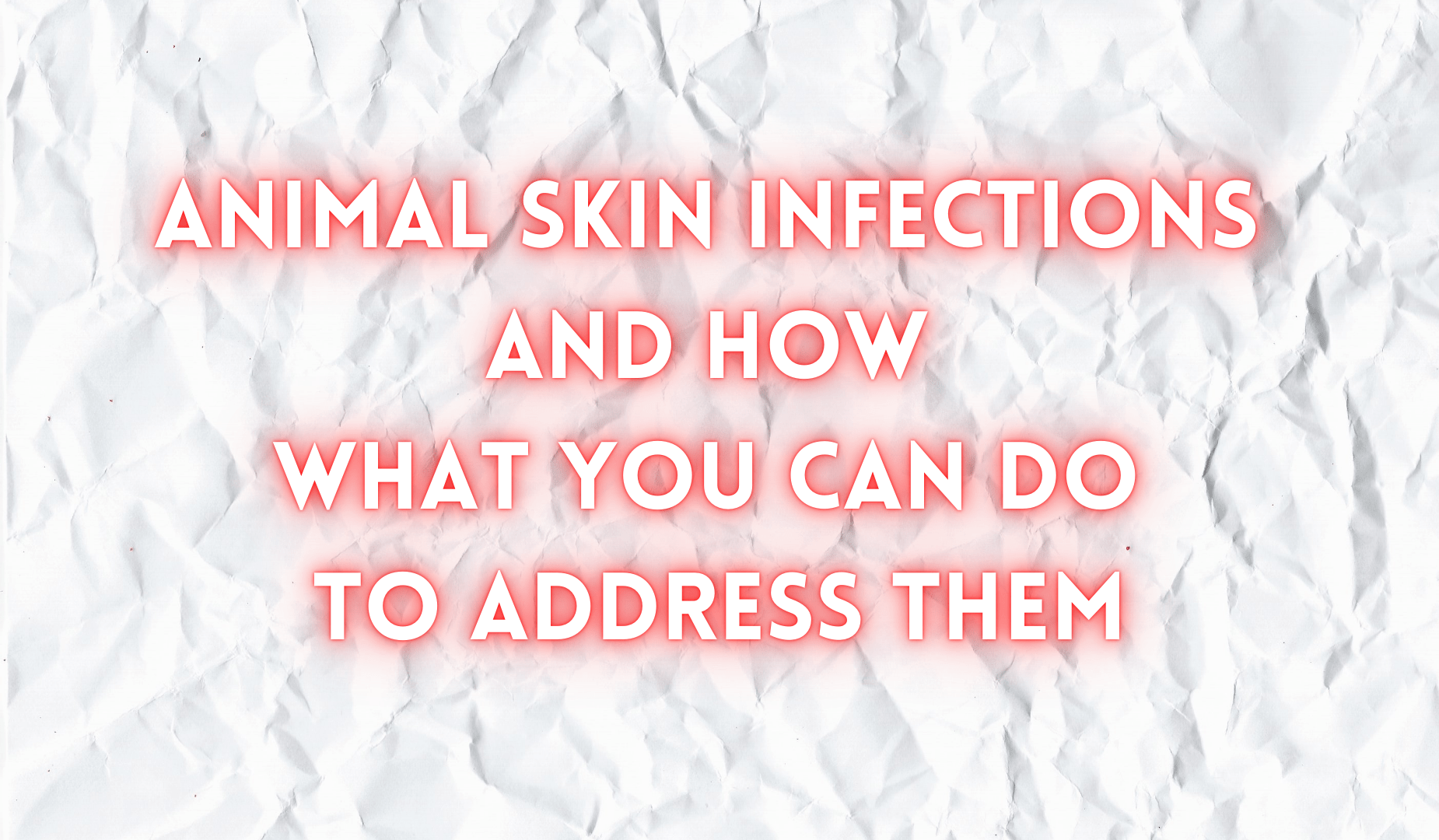The last thing you want to do is get a skin infection from an animal. It’s not just the last thing—it’s one of the scariest things that can happen to a person. Animals carry all sorts of diseases and bacteria on their fur, in their mouths and noses, and even on their claws. When you contact these animals—or any other wild creature, for that matter—there’s always a chance they could give you something nasty.
You might not know anything about it until days later, when your fever skyrockets or the pain becomes unbearable. But don’t worry. If you take precautions, avoid certain situations (like petting zoos), and treat promptly if necessary, the chances are high that nothing will happen.
But what about infections after exposure to animals? That’s where this article comes in. You’ll learn how to identify and treat conditions resulting from contact with animals or their bodily fluids.
Symptoms of infection
It may seem like common sense, but the first thing to do if you’re worried you might have an infection or rash after contact with an animal is to look at it. Most diseases and rashes will start as small red bumps that may be swollen, sensitive, and painful. These bumps generally progress into more significant areas of irritation and then blister or ulcerate before turning into scabs and peeling skin. Depending on the kind of infection or rash you have, it may also start to itch.
It’s important to realize that many skin infections and rashes can come from contact with animals. For example, some animal-derived bacteria will only cause a “furuncle”—a painful, red bump on the skin filled with pus. For other bacteria, like staphylococcus, your bumps will start red and swollen, but if the infection isn’t taken care of quickly enough may begin to look like boils or puss-filled sores.
There’s also a lot of room for different kinds of animal-derived fungi and worms to cause infections and rashes. Some animal-derived fungi will cause itching, redness, and swelling around your contact area with the infected animal. Other kinds, like ringworm, may start as a scaly patch of skin that spreads and eventually develops into itchy bumps or even bald patches.

What to do next?
If you think you might have contracted an infection or skin rash due to contact with an animal, first make sure you don’t have an allergy. As touched previously, many infections and rashes that appear after contact with some animals are allergic reactions rather than actual infections. This is particularly common with shellfish like oysters—if you have a rash after eating shellfish, it’s probably an allergic reaction rather than a bacterial or fungal one.
When you ensure you have an infection, what you should do next will depend on whether the infection is small and localized or more severe. A furuncle, for example, is a kind of punctured boil that can be treated at home. First, drain the pus from the bump with a sterilized needle and then apply a topical antibiotic cream.
Small red bumps that have become blisters or sores may need more extensive treatment from your doctor. You should always go to the doctor if you have widespread skin irritation, mainly if a fever accompanies it. Alternatively, you can get yourself checked at an urgent care clinic so the healthcare professionals can identify whether your case is an emergency. For example, say your doctor diagnoses you with an infection. They’ll likely prescribe oral antibiotics to take care of the problem.
It’s important to note that dirt or bacteria in or around your skin lesions can make it easier for infections and rashes to spread. For this reason, it’s best not to pick or scratch your skin in these areas.
It’s also essential to watch out for fungal infections when you have blisters. Many people will go months or even years without getting treatment, which can eventually lead to hearing loss and other complications. If caught early enough, an over-the-counter antifungal cream can be applied to the affected area for localized relief.
Remedies to try at home
If you have a minor skin infection that your doctor doesn’t feel is an emergency, there are some things you can do at home to help speed up the healing process and lessen discomfort. For example, you can apply over-the-counter antibiotic creams like neomycin, polymyxin B sulfates, and bacitracin to the affected area. This is a good option for furuncles and minor fungal infections that have already started to form a scab or blister.
Other home remedies, including calamine lotion, aspirin, vinegar, and honey, can help with discomfort. In extreme cases, you can always try taking a hot bath with Epsom salts to help reduce the swelling and pain associated with your infection.
Animal-derived fungi and worms can cause infections and rashes in humans, but allergies are the most common culprit. The best way to tell if you have a bacterial or fungal infection is by seeing your doctor for a diagnosis. If it turns out that you do have an animal-related skin infection, some home remedies may help speed up the healing process while relieving discomfort.
